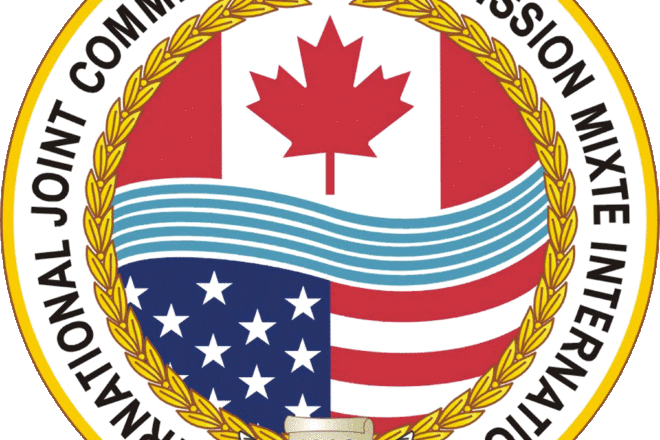Flame Retardants Are Polluting Great Lakes
- Share
- Tweet
- Pin
- Share

The International Joint Commission has made a series of recommendations to the governments of Canada and the United States with regard to the development of a strategy to address polybrominated diphenyl ethers (PBDEs) in the Great Lakes.
PBDEs have been widely used as flame retardants since the 1970s and have been deliberately added to a wide range of commercial and consumer products, such as electronic devices, plastics, mattresses and carpets. Numerous studies have demonstrated adverse impacts on the environment and wildlife from exposure to PBDEs, which have been identified as persistent, toxic and bioaccumulative.
All five Great Lakes contain some level of PBDEs, but Erie and Ontario have the highest concentrations in water. Of particular concern is the presence of PBDEs in fish consumed by anglers and their families. Subsistence anglers, in particular indigenous peoples, are at greatest risk. A recent study found that prenatal exposure to PBDEs in children is associated with lower IQ and higher hyperactivity scores.
In its report, the IJC said governments should take a broader view of chemical products in the future and no longer consider only control of pollutants as they are generated. “Instead, the full product life cycle – from initial design to final disposal – must be considered and controlled. PBDEs illustrate the problems that are created when the environmental fate of a chemical product is either not anticipated or externalized to society at large. In the future, manufacturers should be encouraged or mandated to consider the full life cycle in the design of new products, using environmentally benign materials instead of hazardous chemicals, or to reduce the need for chemical additives. This imperative reaches far beyond PBDEs to numerous other chemicals and products.”
The IJC provides the recommendations in this report noting that in May 2016, the governments designated PBDEs as one of the first Chemicals of Mutual Concern (CMC) under the 2012 Agreement. For each designated CMC, the governments are directed by the agreement to prepare binational strategies and coordinate the development and application of domestic water quality standards, objectives, criteria and guidelines. The recommendations in this report have been identified as priorities and are aimed at contributing to the governments’ strategy development process.
Recommendation 1: A binational strategy to reduce these chemicals in the Great Lakes basin should be developed and implemented before the end of 2017.
Recommendation 2: The entire basin should be protected by equally effective restrictions on the manufacture, use and sale of PBDEs and PBDE-containing products.
Recommendation 3: The federal governments should develop a plan for reducing and eliminating potential releases of PBDEs in products during the recycling and disposal stages. This plan should be developed in cooperation with a wide range of stakeholders.
Recommendation 3A: The federal governments should develop and promote guidance for industry, municipalities and the public for product end-of-life management, such as recycling and disposal, that provides equal protections in all parts of the Great Lakes basin.
Recommendation 3B: The responsible governments (federal, provincial and state) should develop and implement Extended Producer Responsibility programs throughout the basin to require industries to be responsible for their products containing PBDEs after use and to ensure that they are properly recycled and disposed.
Recommendation 4A: The federal, provincial and state governments should develop and distribute guidance for industry on methods to assess PBDE substitutes and encourage use of methods for addressing flammability concerns that are less reliant on chemicals or avoid chemical use altogether.
Recommendation 4B: The federal governments should require industry, in advance of making a chemical substitution, to demonstrate to governments the basis for their decision and to obtain government approval for the substitution.
Recommendation 5A: The federal governments should establish a product registry identifying which products, generated within and imported to the basin, contain PBDEs and how much they contain. This will help determine which products need the most disposal control, and will help governments, industry and the public make wise, informed choices in their purchasing.
Recommendation 5B: The responsible government jurisdictions (federal, provincial and state) should ensure that research and monitoring is carried out to improve the understanding of the extent to which and how PBDEs are released to the environment in the recycling and disposal stages.
Recommendation 5C: The responsible government jurisdictions (federal, provincial and state) should continue and increase monitoring of PBDEs in order to assess effectiveness of polices aimed at reducing PBDEs in the environment.


